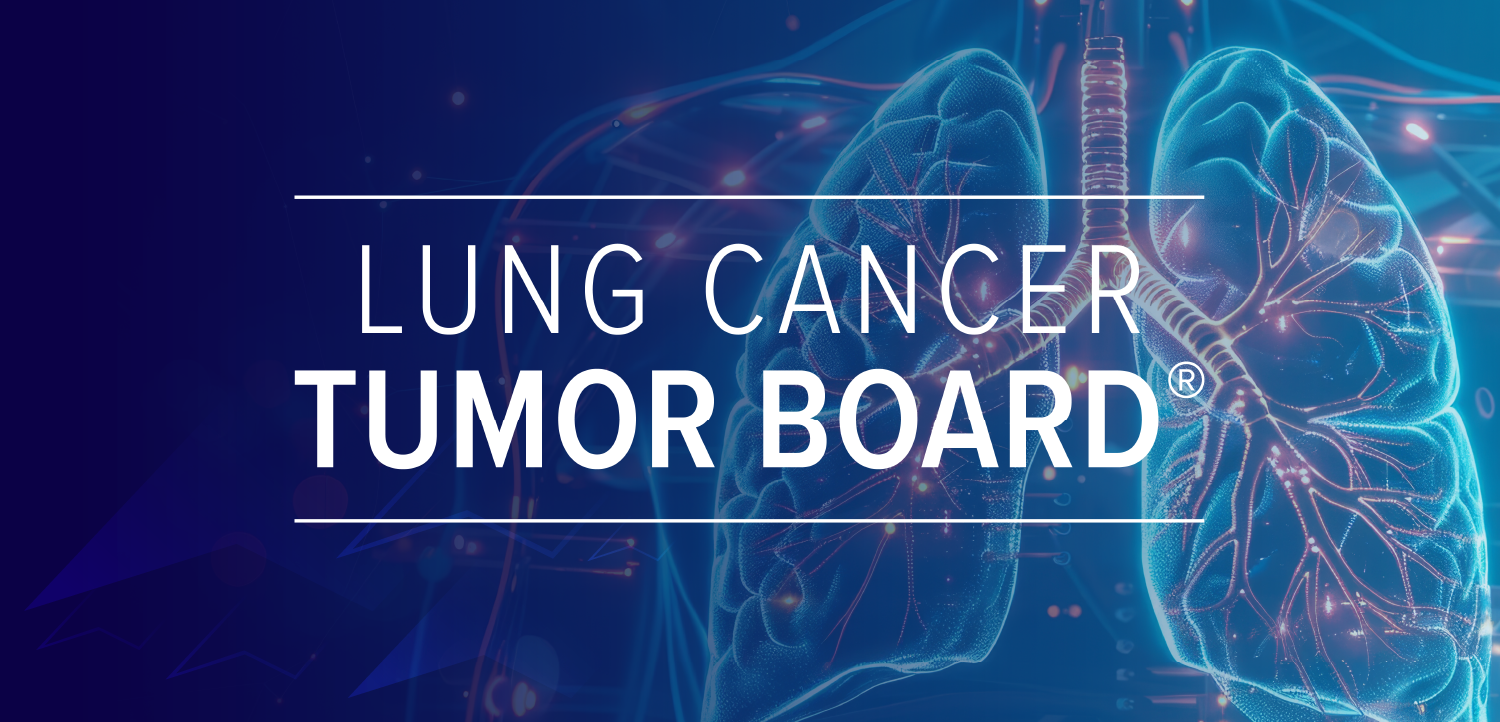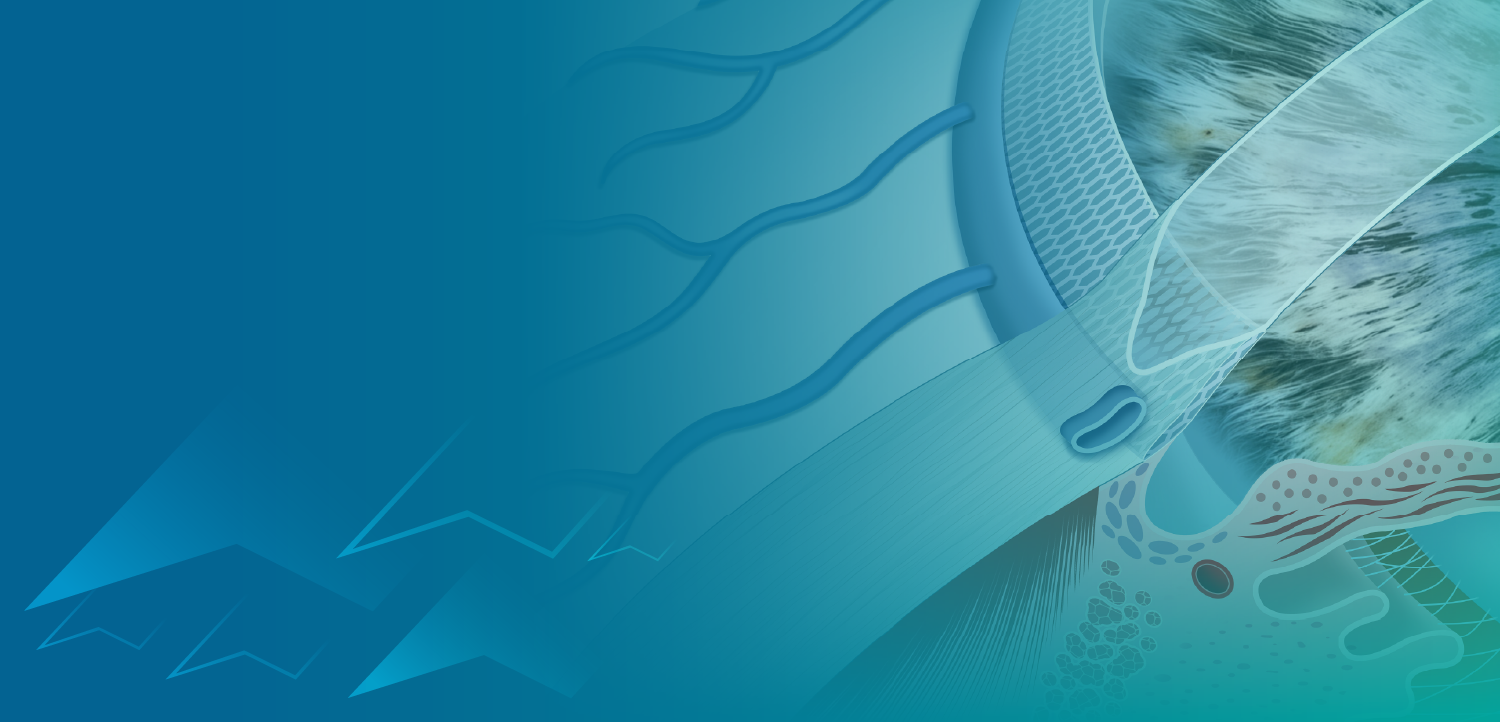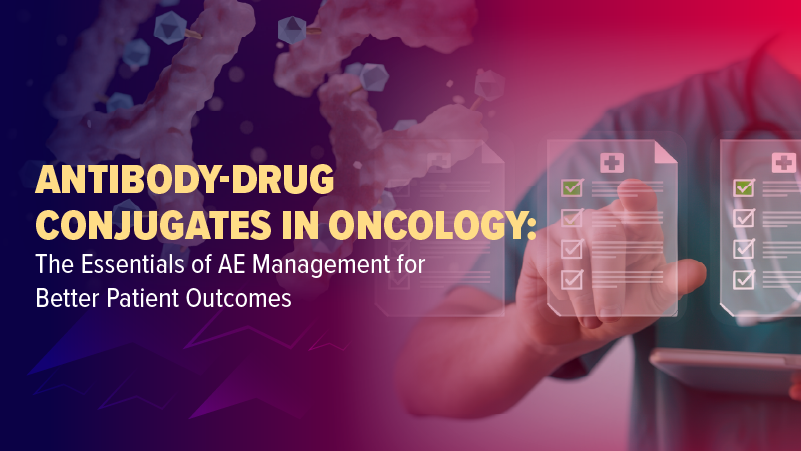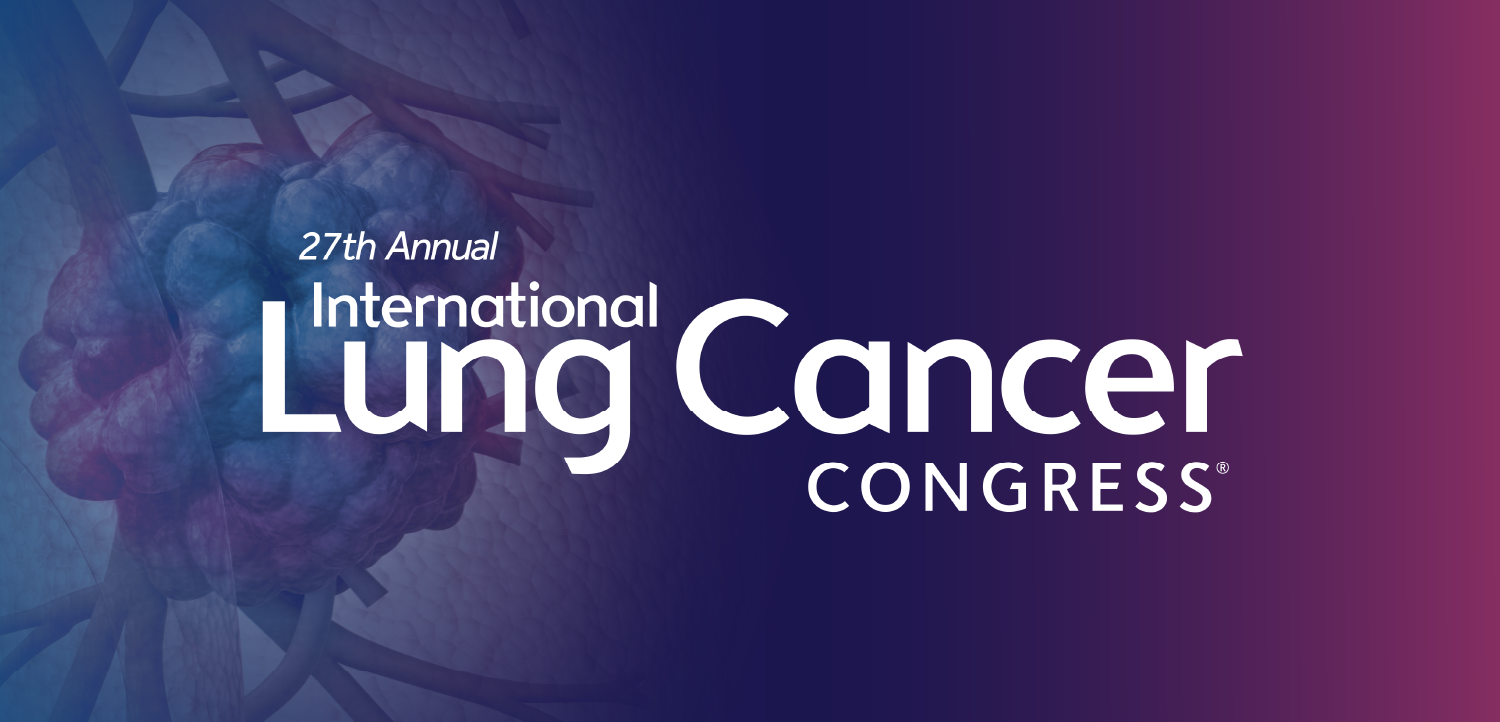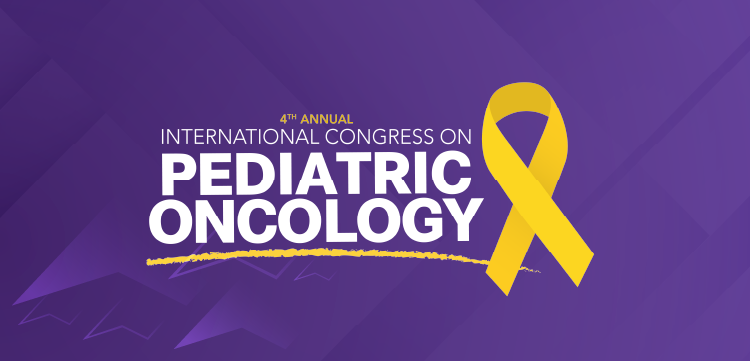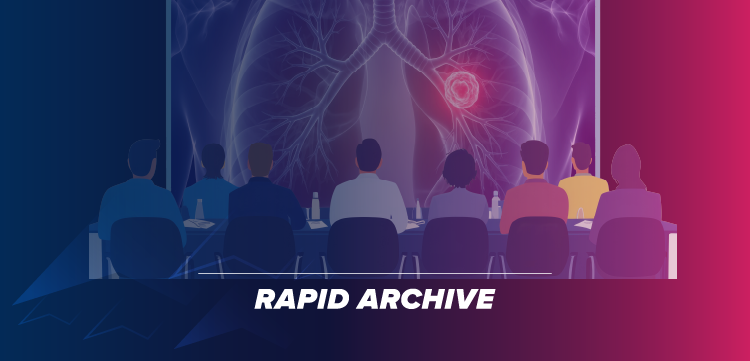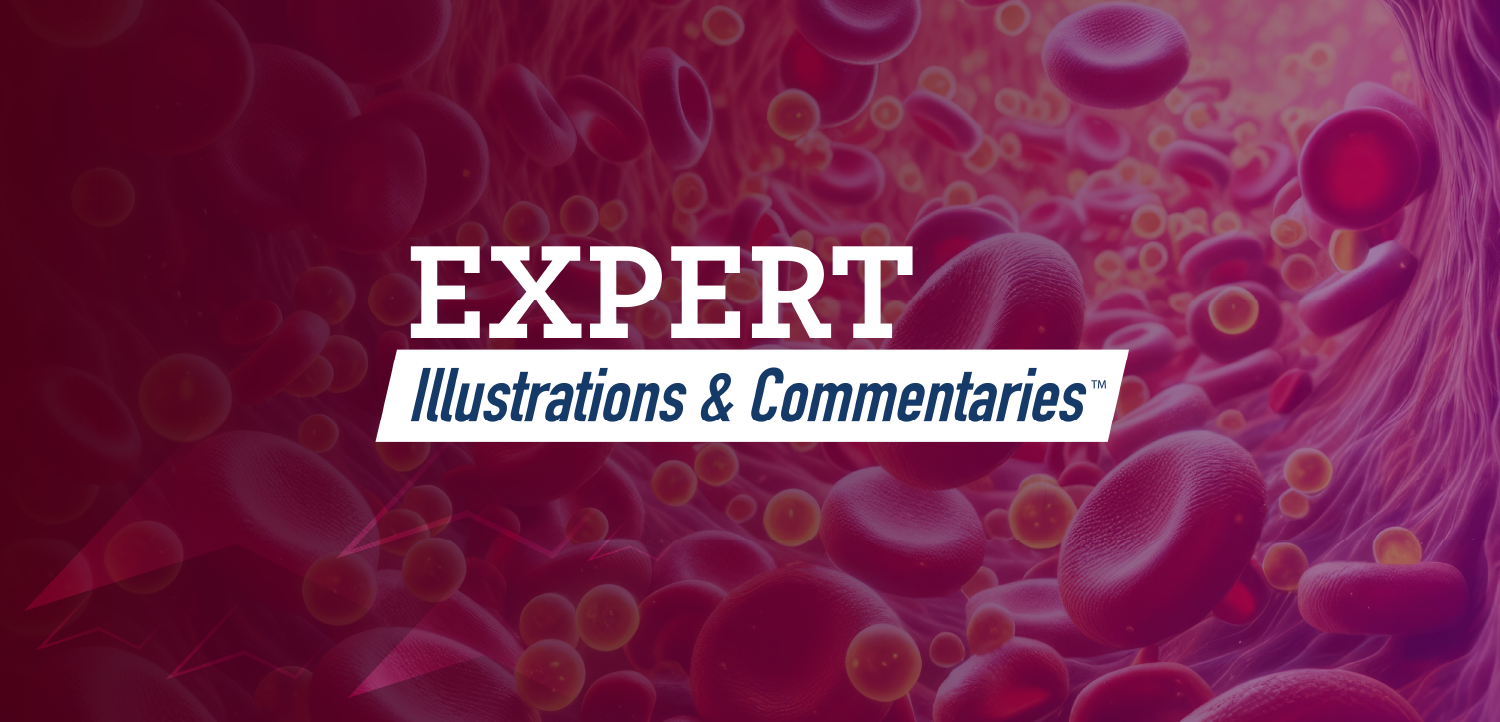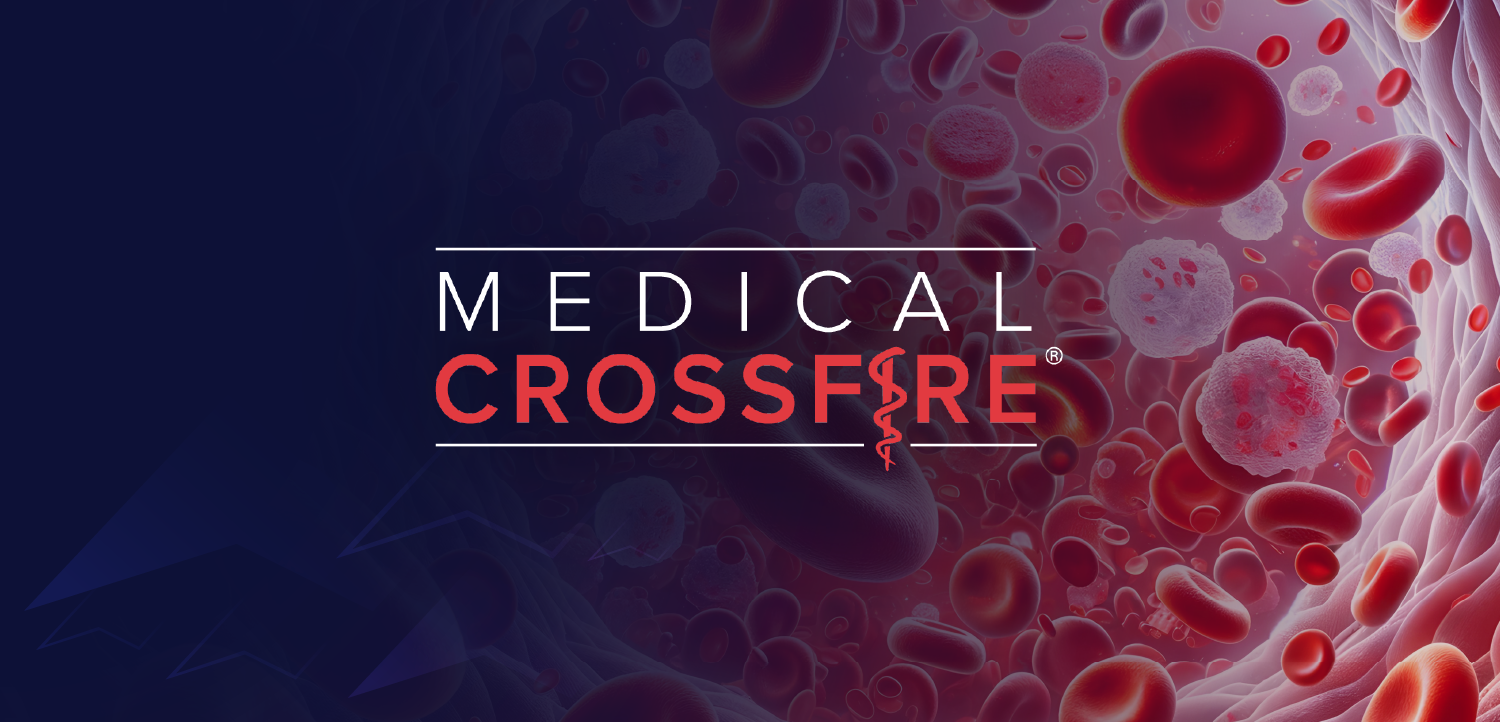
Treatment Considerations for Sleep Apnea
Experts discuss how continuous positive airway pressure (CPAP) remains the cornerstone of obstructive sleep apnea (OSA) treatment, emphasizing the importance of early patient education, personalized mask fitting, and clear communication about the health risks of untreated OSA to improve adherence and highlight tangible benefits such as increased energy and safety.
When it comes to treating obstructive sleep apneaOSA, continuous positive airway pressure (CPAP)CPAP therapy remains the most common and effective approach. Success often begins with assessing the patient’s level of impairment and previous experiences with CPAP, if any. Education plays a crucial role—patients benefit from seeing demonstrations or exploring different mask options, which helps them realize there isn’t a one-size-fits-all solution. Explaining the underlying physiology—that the upper airway collapses during sleep, causing disruptive snoring and reduced oxygen intake—also helps patients understand why treatment is necessary. Highlighting the potential consequences of untreated sleep apnea, such as cognitive difficulties, arrhythmias, and increased blood pressure, provides a compelling rationale for adherence.
Preparation for therapy should start early, ideally during the initial clinic visit before sleep testing. Setting expectations that treatment might follow testing helps patients mentally prepare for the next steps. Sharing online resources or videos beforehand can get patients thinking about the process, reducing anxiety and improving engagement. This approach empowers patients with knowledge, making them feel more in control and fostering better communication throughout treatment. Early education also gives primary care providers a chance to introduce the concept of sleep apnea and its treatments, smoothing the transition to specialty care.
Focusing on practical, day-to-day benefits can be particularly motivating for patients. Many struggle with fatigue, which impacts their work, family life, and overall quality of life. Emphasizing improved energy and alertness helps make the benefits tangible. Additionally, discussing safety concerns such as the increased risk of motor vehicle accidents associated with untreated sleep apnea underscores the importance of treatment—not only for the patient but for others on the road. These relatable outcomes often help hesitant patients embrace CPAP therapy, recognizing its value in improving both health and daily functioning.
Newsletter
Enhance your clinical practice with the Patient Care newsletter, offering the latest evidence-based guidelines, diagnostic insights, and treatment strategies for primary care physicians.







